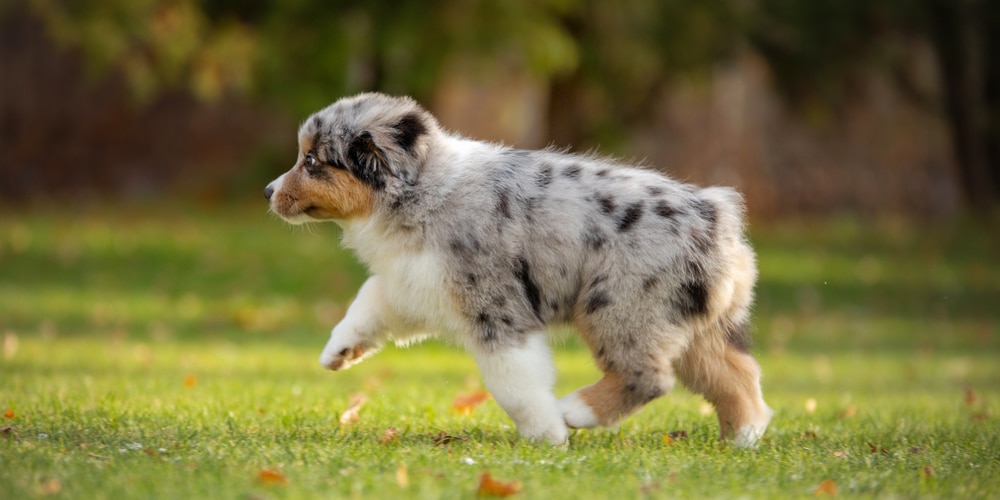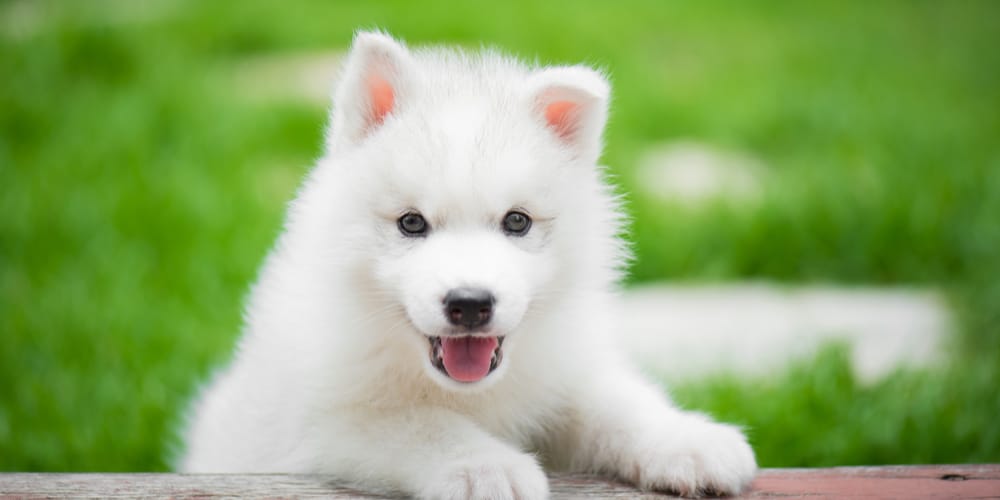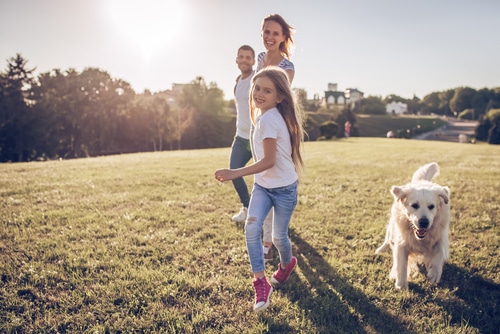Dogs are cute to have around. Their furry bodies and wagging tails bring joy to their owners. But along with their snuggly companionship comes the reality of hole digging, mud tracks, and general wear and tear on your yard. All of which takes a toll on the grass, leaving some pet parents with a patchy lawn. You may be wondering how to regrow grass with dogs.
Despite their cute faces and playful attempts, some dogs, especially puppies, just can’t help but wreak havoc on the grass. From digging holes to leaving behind yellow patches, it seems like turfs and pets can’t go together pretty well.
It’s tempting to simply give up the idea of keeping a pristine lawn – it’s easier and less time-consuming to just let your dog be. But, it doesn’t have to be an either-or situation. With a little work, you can have both a healthy lawn and a happy pup.
How to Regrow Grass with an Active Dog
Attention dog parents, you don’t have to choose between a beautiful lawn and your beloved pet. Here are tips on how you can have both:
1) Give Your Dogs a Designated Area
Sometimes, the best thing is to prevent them from trampling over the grass entirely. Dogs have a natural instinct to do their business in one spot, so train them early on where they should relieve themselves.
If you’re regrowing grass in a specific area, avoid letting your dog into that spot altogether. You can do this by sectioning off the area with fencing or blocks.
2) Choose a Tougher Grass Type
Whether you’re regrowing after the winter or from the damage that your dog has done, you’ll want to choose a grass type that can withstand some hard play. Depending on your location, different hardy grasses you can choose from are:
- Fescue
- Zoysia
- Kentucky Bluegrass
- Bermuda
- Perennial Ryegrass
3) Wash Off Dog Urine with Water Immediately
Perhaps you don’t like the idea of keeping them away from your lawn. That’s completely fine! This doesn’t mean you have to give up on a beautiful, green lawn.
When urine dries on grass, it leaves behind a yellow patch. This acidity will often kill the grass entirely, leaving you with a dead, brown spot. In the long run, you’ll have patches of dead grass all over your lawn.
What can you do? Once your dog relieves himself, quickly wash the area with water. This will help to dilute the urine and prevent any long-term damage.
Additionally, this helps if you can train your dog to go in a certain spot. That way, you can more easily direct the water where it’s needed.
4) Aerate and Overseed Your Lawn
Aeration is an important step that one has to do, with or without pets. The small holes that are punched into the ground help improve drainage, reduce compaction, and allow oxygen and nutrients to reach the roots of your grass. As a result? Greener and denser grass.
Additionally, you can also overseed your turf. This is an excellent method to help regrow the dead patches caused by your dog’s urine or general wear and tear.
Seeding is best done in the fall, but if you’re in a pinch, you can also do it in the spring. Just be sure to wait until after your last frost date.
5) Train Your Dog to Stop Digging
Is this possible? While it may seem like it’s within a dog’s nature to dig around whenever there’s an opportunity, with a little patience and training, you can put a stop to it. You’ll notice that your dog may start digging a certain spot. You can add temporarily cover it with chicken wire or rocks.
When they start to dig, make a loud noise (like clapping your hands) or say “no.” Eventually, they’ll make the connection that digging in that spot isn’t allowed.
Alternatively, you can also designate a digging area. You can fill one area with dirt or sand. Make sure to reward and praise your dog whenever they do it in the designated area. This way, they’ll know that it’s okay to dig there.
6) Remove Dead Grass
Considering that your dog now has a designated area where it can dig and urinate, it’s time to repair the damage. Aside from overseeding, removing dead grass and adding a layer of topsoil helps with the regrowth process.
If you have a small area to repair, you can do this by hand. However, using a thatching rake makes the job much easier for larger areas.
How to Regrow Grass with Dogs: Final Thoughts
Part of having a dog in your home means you must accept that your lawn may never be perfect at all times. However, this doesn’t mean that you have to deal with patches of ruined and dead grass.
With a bit of training and some effort on your part, you can have a green lawn that your dog can enjoy too.
Related Article: Should I Keep My Dog Off New Sod


